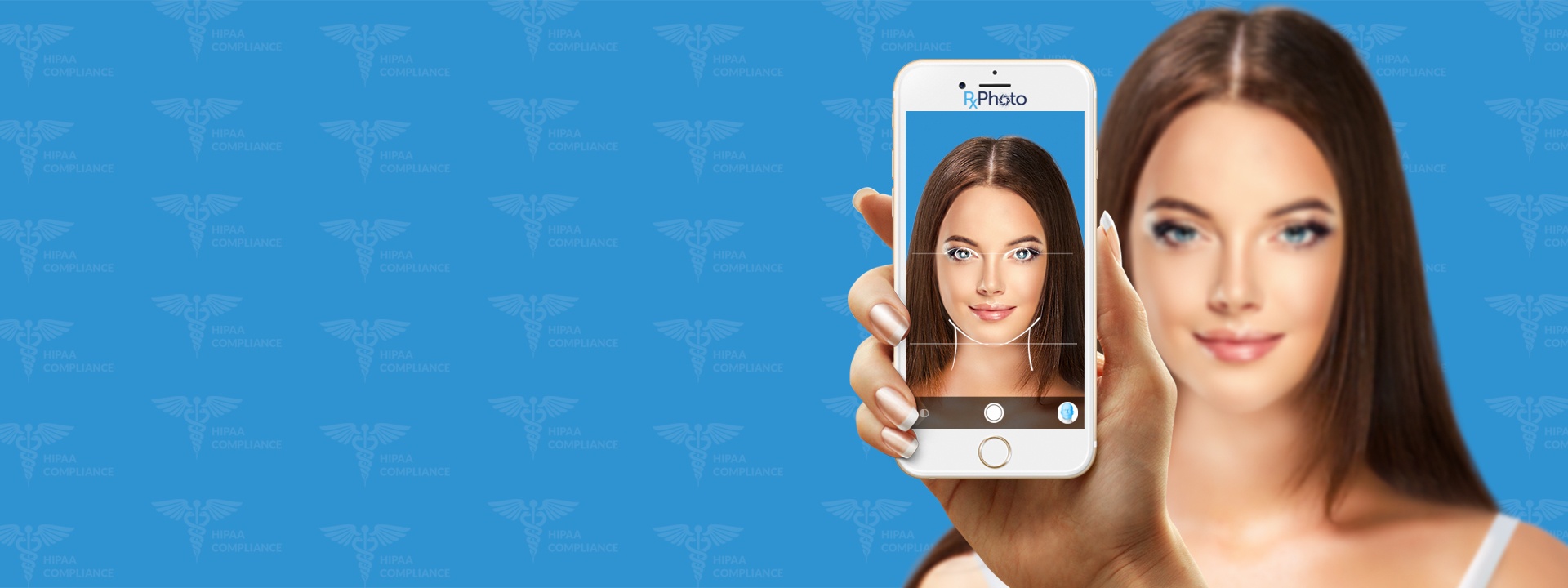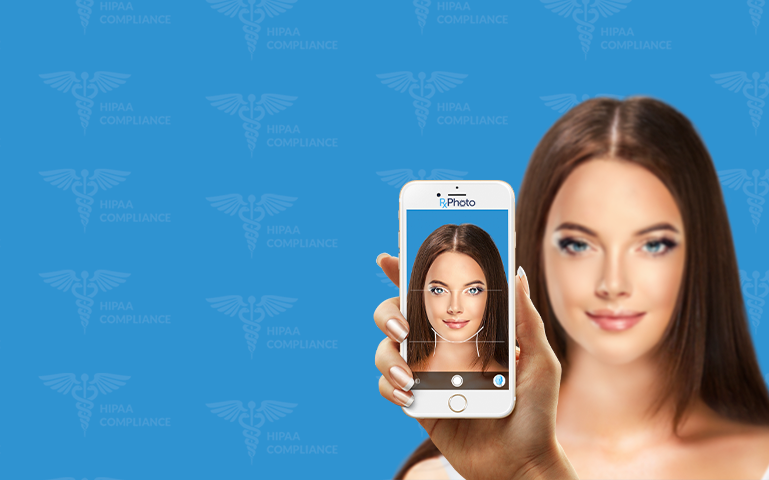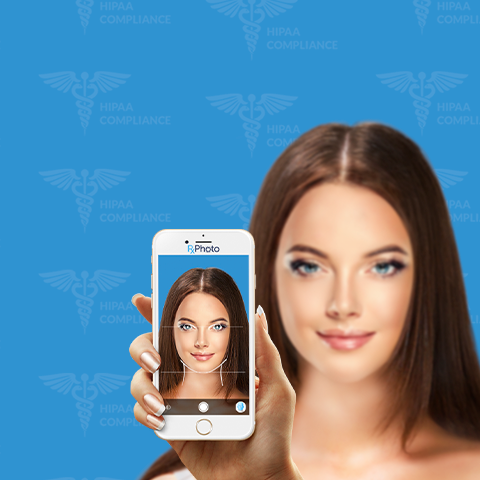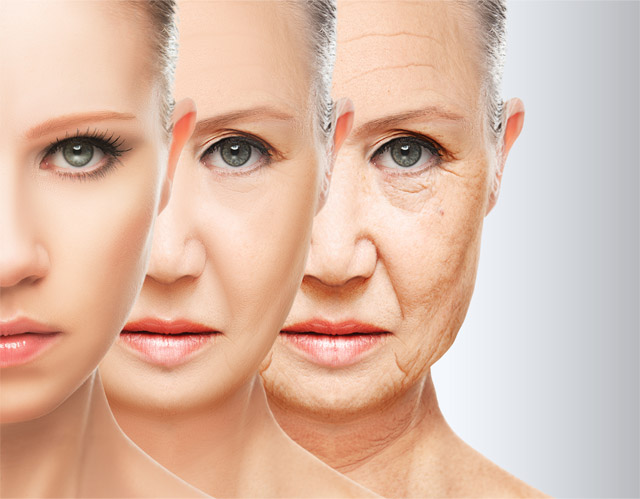4 Important Reasons Plastic Surgeons Take Photos
People seem obsessed with taking photos these days. Recent news articles have highlighted the fact that, for the first year ever, selfies took the lives of more people than sharks did. It seems like no matter where you go, somebody wants a photo – even at the doctor’s office. For some, it feels like an intrusive process. After all, if they’re visiting the doctor to have something visual corrected, having that flaw or defect highlighted by photography can stir emotions. They want the defect corrected, not put on display. In a plastic surgeon’s office, a desire for modesty can also be of concern. While these are understandable worries, clinical photography serves several very important purposes, and sometimes understanding the logic behind them can help set your mind at ease.
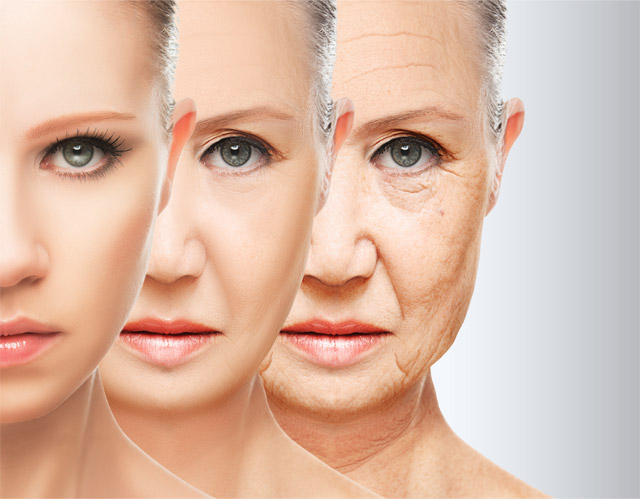
- It documents your starting point, so you can compare later.
Sometimes it can be hard to gauge results without having before and after photos. When you have the two images to compare side by side, the changes are much more apparent. If your treatment involves a sequence of procedures, assessing the gradual changes can help your doctor determine a more accurate timeline as well.
- It enables your doctor to educate you about the procedure and anticipated results better.
No two people are alike, so models and sketches don’t always accurately represent your personal anatomy. Photos serve as a valuable aid when your doctor is explaining how a procedure will work and what changes you can expect to see.
- When patients allow the doctor to share them, they can help educate others and showcase the doctor’s skill.
It’s incredibly likely that you examined photos of your doctor’s actual patients before you began treatment. While review websites and personal recommendations may help guide an individual’s decision to choose a doctor, nothing demonstrates his capabilities quite like photographs do.
Generally speaking, medical professionals don’t share any of your information, including photos, with the public, without your written permission. However, if you’re still worried about privacy, and don’t want images of you shared, let your doctor know.
- Insurance companies tend to pay for procedures more easily when they can see visual evidence of why treatment was needed.
Many insurance companies will only cover treatment if it’s of medical necessity, rather than for aesthetic reasons. Other companies will determine coverage levels based on their own assessment of a condition. In either case, photographs provide them with the visual evidence they require in order to be able to process your claim.
There are lots of reasons why both you and your doctor benefit from clinical photography, but the biggest reason is that they can help you receive better care overall. In fact, most plastic surgeons are actually required to learn how to take quality clinical photographs as part of their studies, simply because it enables them to assess their own work to a greater degree. If you have questions or concerns over having your photograph taken, let your doctor know. He’s probably heard similar concerns before, and he’ll be able to set your mind at ease.

